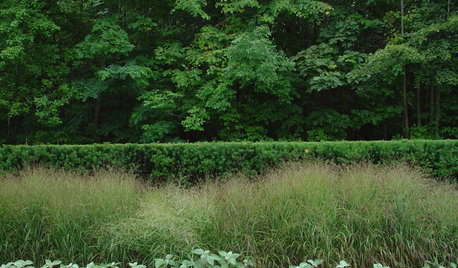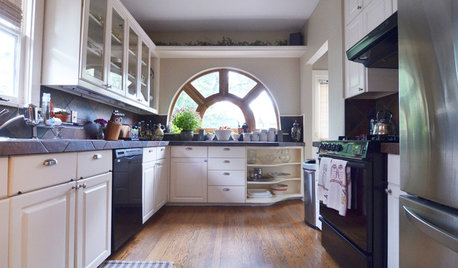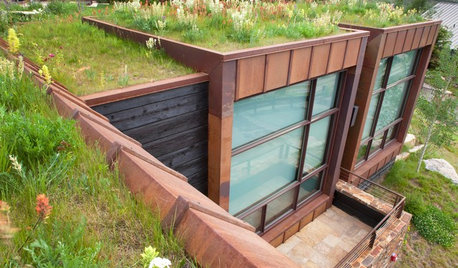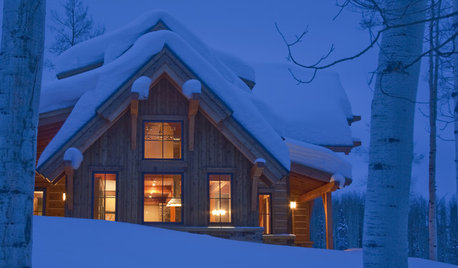rooting in semi-hydro media
greentoe357
9 years ago
Related Stories

GARDENING GUIDESGreat Design Plant: Taxus x Media ‘Hicksii’
Need a strong, silent type in your garden? Hicks yew may be your perfect match
Full Story
ARCHITECTUREVictorian Details Make Their Way in Modern Life
What makes a Victorian house Victorian? Take a tour of the architectural features and decorative details characteristic of the era
Full Story
HOUZZ TOURSMy Houzz: Elegant Updates for a 1928 Bungalow
Classic, clean furnishings and creamy hues bring charm and ease to a Texas couple's home
Full Story
FUN HOUZZDon’t Be a Stickybeak — and Other Home-Related Lingo From Abroad
Need to hire a contractor or buy a certain piece of furniture in the U.K. or Australia? Keep this guide at hand
Full Story
CONTRACTOR TIPSBuilding Permits: What to Know About Green Building and Energy Codes
In Part 4 of our series examining the residential permit process, we review typical green building and energy code requirements
Full Story
GREEN BUILDING6 Green-Roof Myths, Busted
Leaky, costly, a pain to maintain ... nope, nope and nope. Get the truth about living roofs and see examples from simple to elaborate
Full Story
SAVING WATERHouzz Call: Are You Letting Go of Your Lawn?
Many facing a drought are swapping turf for less thirsty plantings. If you’re one of them, we’d like to hear about it
Full Story
LIFESlow Living 101: Tips for Turning Off the Chaos
It may feel as though you're too busy to slow down and enjoy life. But even little changes can have a big effect
Full Story
LANDSCAPE DESIGN15 Great Ideas for a Lawn-Free Yard
End the turf war for good with hardscaping, native grasses and ground covers that save water and are easier to maintain
Full Story
LIFEIs Cabin Fever Real? Share Your Story
Are snow piles across the U.S. leading to masses of irritability and boredom? We want to hear your experience
Full StorySponsored






greedygh0st
greentoe357Original Author
Related Professionals
Manorville Landscape Architects & Landscape Designers · Quincy Landscape Architects & Landscape Designers · Redondo Beach Landscape Architects & Landscape Designers · Forest City Landscape Architects & Landscape Designers · Jackson Landscape Contractors · McKinney Landscape Contractors · Williamsburg Landscape Contractors · Cary Landscape Contractors · East Patchogue Landscape Contractors · Elkridge Landscape Contractors · Muttontown Landscape Contractors · San Carlos Park Landscape Contractors · Santa Ana Landscape Contractors · West Orange Landscape Contractors · York Landscape ContractorsJan Sword-Rossman Realty 239-470-6061
greedygh0st
greentoe357Original Author
rennfl
greentoe357Original Author
Denise
greedygh0st
Denise
greentoe357Original Author